Coffee roasting-illustration of defective coffee beans
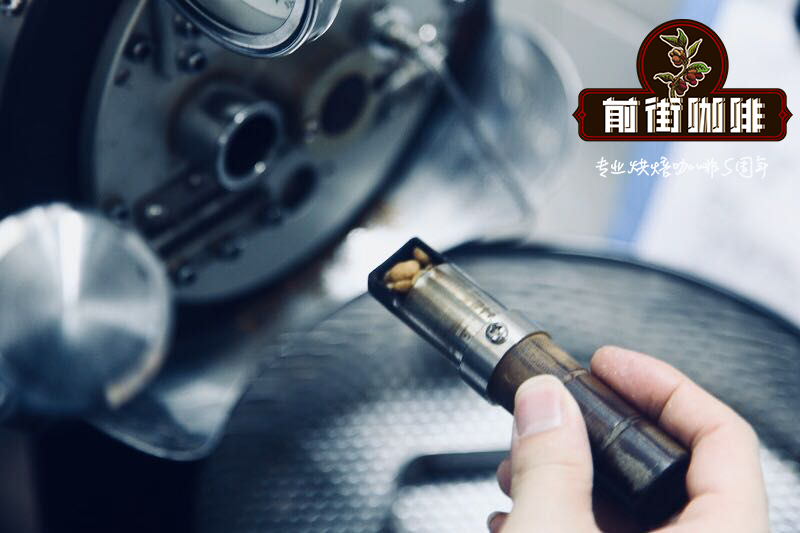
Professional coffee knowledge exchange more coffee bean information please follow the coffee workshop (Wechat official account cafe_style)
What are the defective beans that affect the aroma of coffee?
Defective beans refer to abnormally developed beans or beans that are contaminated in the refining process. If defective beans are mixed with raw beans, the aroma of coffee will be affected, and the brewing quality will be lower than that of coffee without defective beans. After picking the coffee, the farmers usually put the coffee cherries in the sink and pick out the immature fruit. When coffee enters the Dry Mill process, a specific gravity sorter will also be used to pick out immature beans, and then an electric screening machine will be used to pick out foreign bodies and defective beans. Finally, there is a manual picking procedure to ensure that no defective beans are mixed.
Defective beans of boutique coffee
Fine coffee is usually not mixed with any defective beans. On the other hand, once defective beans such as black beans or fermented beans are imported, the raw beans cannot be recognized as fine coffee. Although some small shops still pick defective beans by hand, there is no need to pick them again if they have been strictly screened for fine coffee. Quaker (immature or dead beans) must be picked out after baking. Brazilian coffee will produce astringency and bad smell as long as it is mixed with a Quaker, while coffee from Colombia and Central America will not smell as a result of mixing with Quaker, but it will still affect the aroma of the coffee. However, there are few cases of defective beans such as Quaker in boutique coffee.
The source of odor of raw beans
Most coffee beans will smell as a result of being mixed with defective beans. The following is a more common description of the smell.
1. Chemical odor
Including the smell of medicine and chlorine and other odors. Usually affected by unconfirmed dryness, Rain Water, moisture and other factors, it is the smell of raw beans caused by bacterial infection and mildew.
two。 Musty taste
If raw beans are stored in a humid environment, the fat in the coffee beans will absorb the smell of the environment. This kind of beans usually produce the stench of cheese, and the coffee brewed is cloudy.
3. Earthy taste
The peculiar smell produced by the contamination of the soil and the absorption of organic matter from the soil in the process of fruit harvesting or drying. The coffee extracted from this kind of beans is cloudy, and the final rhyme also has an earthy flavor.
4. Fermented taste
When the fruit is removed later in the washing refining process, or the raw beans soaked in the sink for too long, it will produce the bad smell of fermentation. In addition, fruits that are overripe and fall early will ferment themselves in the process of natural drying and produce a similar smell.
5. Overripe taste
Overripe fruit will make raw beans smell bad. Although these beans do not have a strong fermented smell, they produce a stronger flesh smell over time.
6. Immature taste
If the coffee beans are mixed with immature raw beans, the coffee will become cloudy and astringent. Natural dried raw beans commonly found in Brazil, and water-washed coffee beans that have been carefully selected.
7. Potato flavor
If the worm only gets into the coffee fruit, it will make the raw bean smell like a steamed potato. Coffee beans commonly found in Luanda and most East African countries.
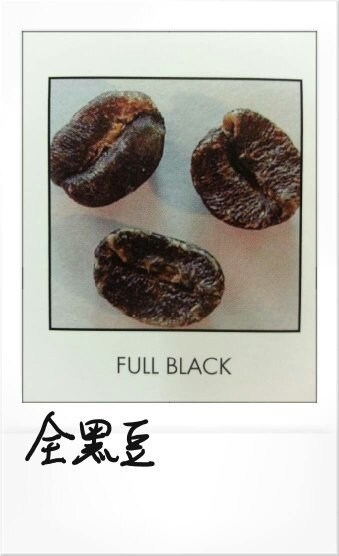
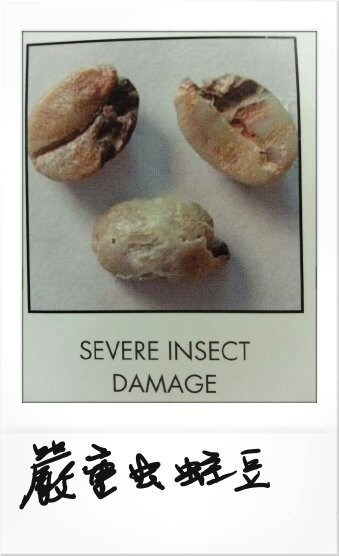
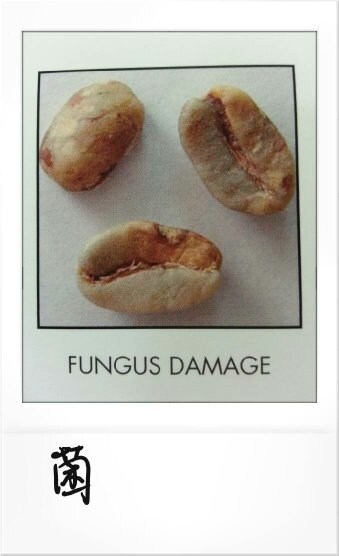
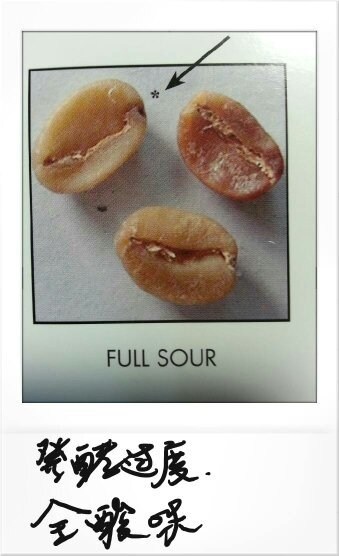
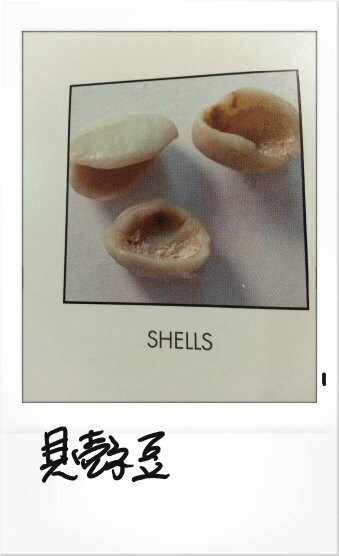
Professional coffee knowledge exchange more coffee bean information please follow the coffee workshop (Wechat official account cafe_style)
Important Notice :
前街咖啡 FrontStreet Coffee has moved to new addredd:
FrontStreet Coffee Address: 315,Donghua East Road,GuangZhou
Tel:020 38364473
- Prev
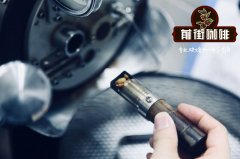
Coffee roasting-if you want to learn to bake beans, you should first know how to pick good beans.
If you want to learn how to bake beans, you should first know how to pick good beans and exchange professional coffee knowledge. For more information about coffee beans, please follow the Coffee Workshop (Wechat official account cafe_style). This article is provided to readers who know about heavy coffee, or those who plan to become bakers should pay attention before buying raw coffee beans. It takes patience to pick beans. Fine coffee taken from shell beans must be rooted before being exported.
- Next

Coffee roasting-- five coffee roasting techniques
Professional coffee knowledge exchange more coffee bean information Please follow the coffee workshop (Wechat official account cafe_style) today to talk about five coffee roasting techniques, including dehydration, climbing temperature, smoke exhaust, taxiing and cooling. 1. Dehydration is often the first step in the roasting of coffee. Coffee beans have a certain degree of water content, plus
Related
- Beginners will see the "Coffee pull flower" guide!
- What is the difference between ice blog purified milk and ordinary milk coffee?
- Why is the Philippines the largest producer of crops in Liberia?
- For coffee extraction, should the fine powder be retained?
- How does extracted espresso fill pressed powder? How much strength does it take to press the powder?
- How to make jasmine cold extract coffee? Is the jasmine + latte good?
- Will this little toy really make the coffee taste better? How does Lily Drip affect coffee extraction?
- Will the action of slapping the filter cup also affect coffee extraction?
- What's the difference between powder-to-water ratio and powder-to-liquid ratio?
- What is the Ethiopian local species? What does it have to do with Heirloom native species?

